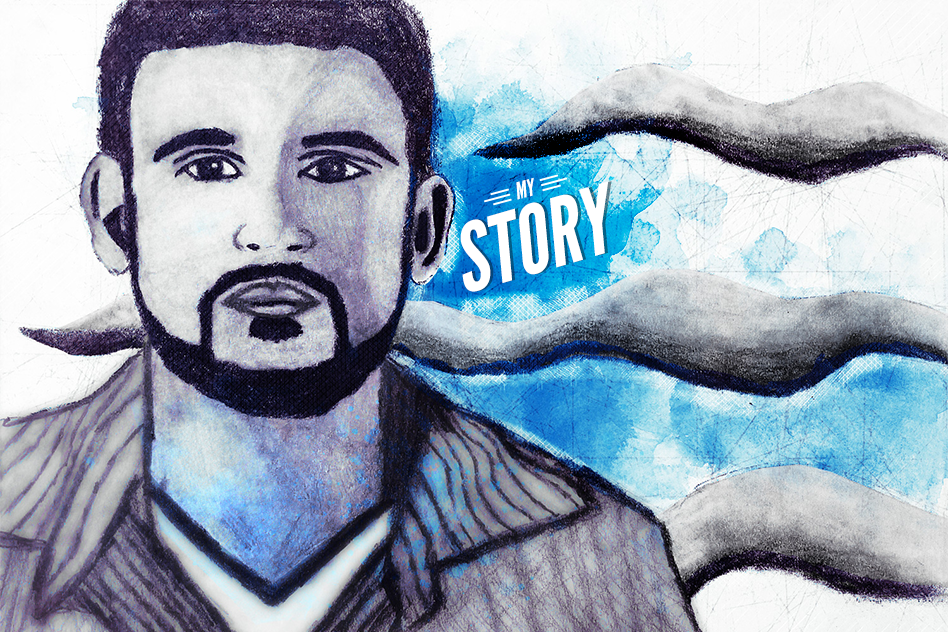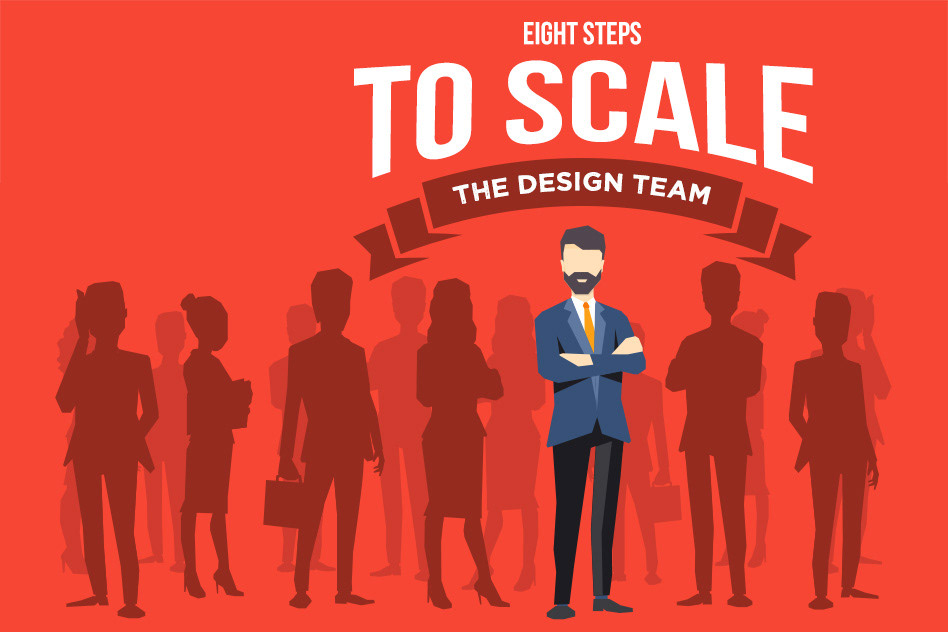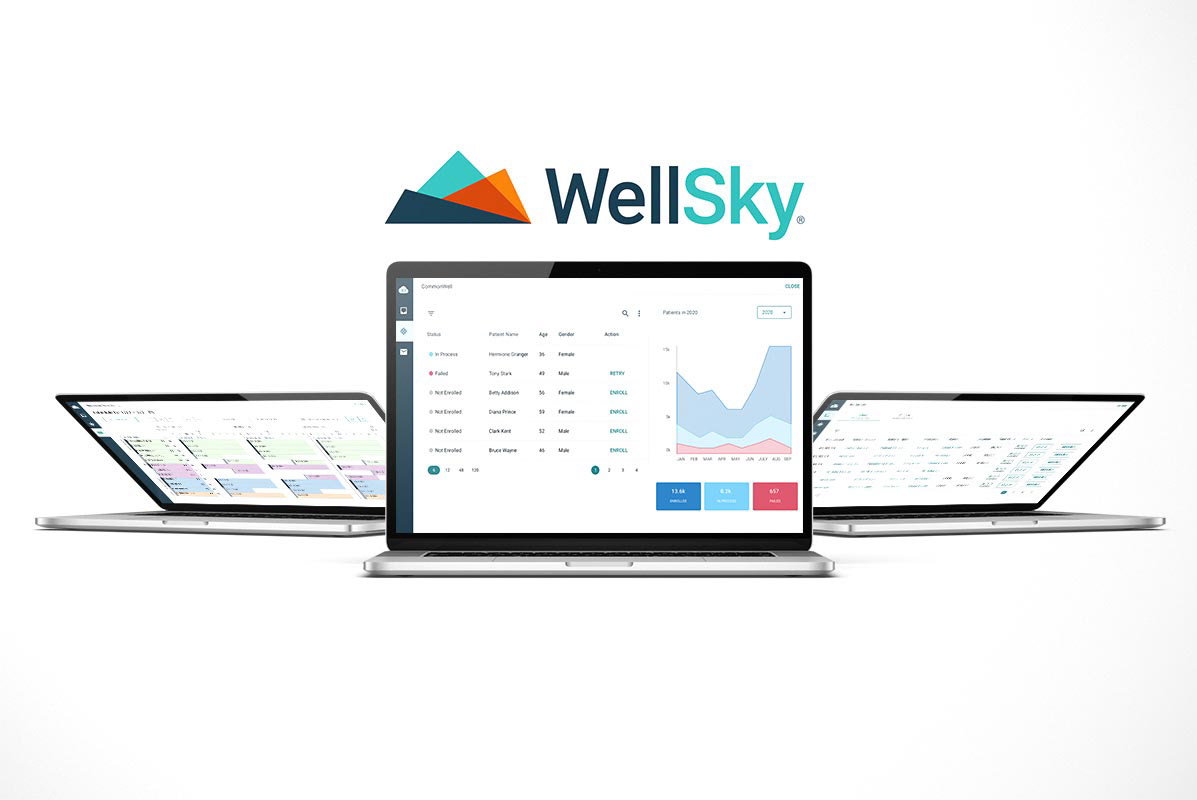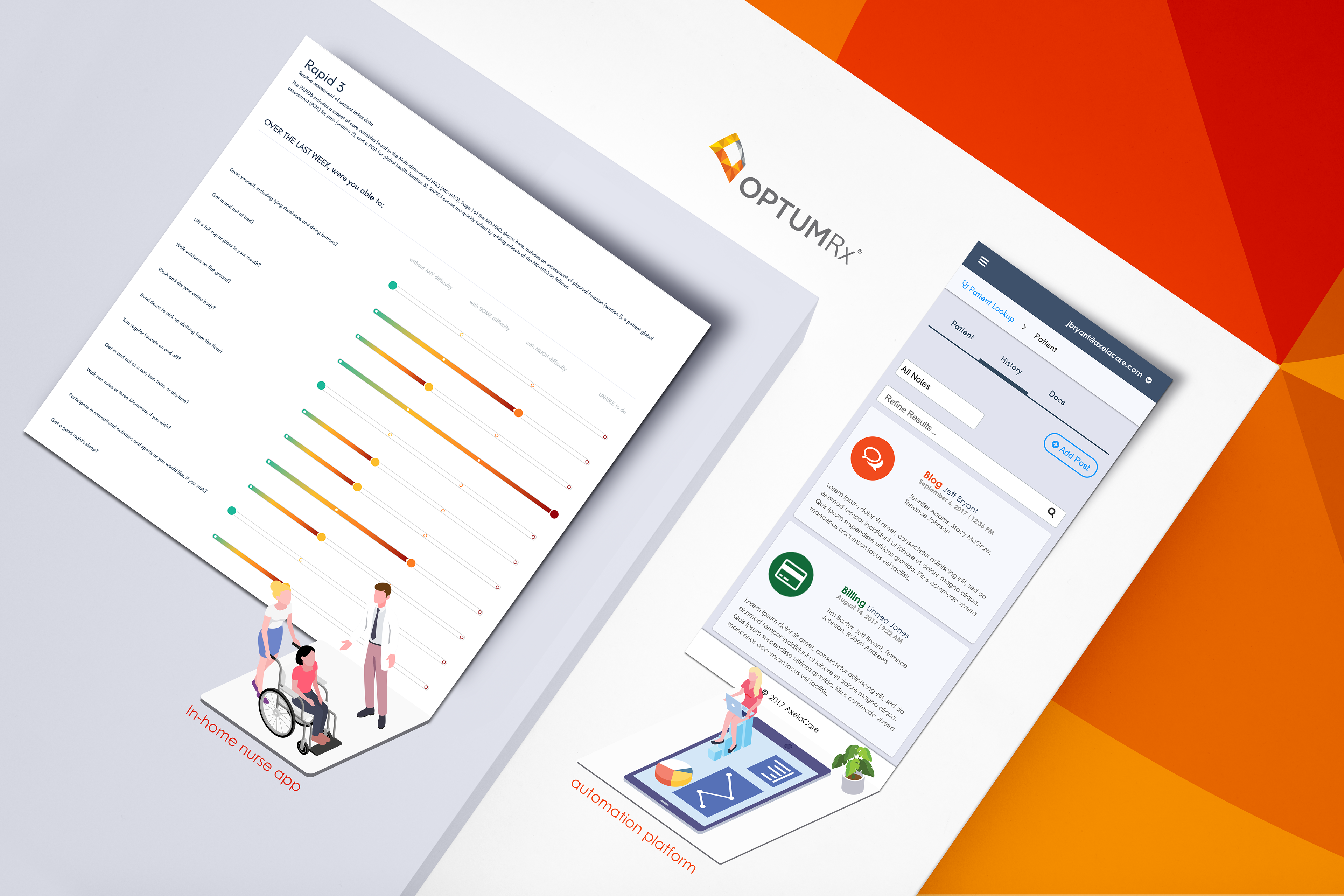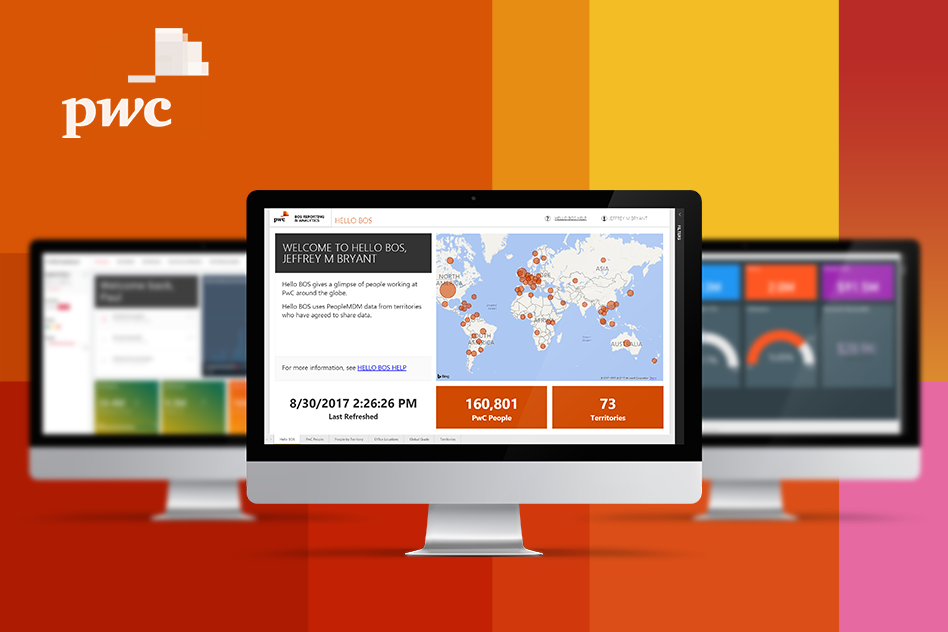Problem Statement
Evaluates overall site effectiveness across four pillars:
• Visual Appeal & Branding
• Usability & Navigation
• Content Quality & Clarity
• Conversion‑Readiness & Performance
Data Experience Score (DxS)
Measures the clarity and impact of dashboards or infographics:
• Narrative & Storytelling
• Data Integrity & Accuracy
• Aesthetic & Layout
• Interactivity & Accessibility
Profile Experience Score (DxS)
Broken into Professional and Private profiles. Each profile is scored on:
• Profile Completeness
• Content Quality & Voice
• Audience Resonance & Engagement
• Visual Appeal & Cohesion
How the Modular System Profits
The Free Hotel generates income by embedding revenue streams inside its architecture. Every module—whether a ritual haircut or nail clipping to midnight kitchen which serves gourmet food at night when only McBell is open—serves a dual role: social function and economic engine
Elevating Desktop User Experience: Simplifying Tasks Through Unified Workflow Integration
Centering our efforts on office employees, we primarily targeted the desktop user experience. Informed by our qualitative research, we pinpointed the major frustration of using multiple desktop applications for a single task. To address this challenge, we established a solution by interconnecting all data using APIs into a unified workflow platform.
Unveiling Insights: Harnessing Behavioral Tests for User-Centric Design
Among user studies, behavioral tests stand out as my preferred method. These tests yield a wealth of insights even with a limited participant pool. In the video provided, a user identifies an issue with the date picker. Our initial assumption was that participants would use the calendar dropdown, but this user manually entered the date, revealing an unforeseen behavior. It's remarkable how even seemingly mundane actions can uncover valuable information. Empowered by this discovery, we enhanced the date picker to automatically include slashes when a user manually enters a date.
Fostering Creativity: Exploring Design Inspiration for Innovative UI Solutions
When seeking creativity during the contemplation of the user interface, a straightforward approach involves exploring inspirational designs. Dribbble, Pinterest, and Behance serve as excellent social platforms for uncovering motivational content. With a wealth of ideas at hand, we engaged in iterative design compositions and conducted desirability studies to efficiently generate multiple design options.
Nationwide Collaboration: AxelaCare's User Acceptance Testing Advances Workflow Automation
Representatives from AxelaCare across the nation participated in the CareLink 2.0 workflow user acceptance testing session. This session enabled our teams to collect valuable application feedback, collaborate on both current and upcoming processes, and further advance our journey with workflow automation.
Revolutionizing Workflow: Transitioning to Tablet-Based Forms for Field Nurses
Upon successfully persuading OptumRx to acquire tablets for every field nurse, we proceeded to create an application housing all forms within a single, accessible platform. This endeavor necessitated the conversion of all physical forms into user-friendly digital formats.
Simplifying Form Access: Crafting a Flexible System for Nurses' Needs
For efficient form management, our initial task was to design a system that allowed nurses to readily search and locate the required forms for patients. Given the regular addition of new forms, a flexible system was imperative.
Sketching the Path: A Strategic Prelude to Digital Design
Prior to immersing myself in a design tool, I initiated the design process by creating a series of sketches. These sketches play a vital role in assessing the various states of UI features, enabling a thorough exploration and comprehension of design variations before moving forward to the digital design phase.
Seamless Integration: Empowering Nurses with Digital Interface and Tablet Efficiency
Through a digital interface, nurses gained access to forms, patient data, and notes from previous caregivers. The tablet minimized duplication by instantly transferring the nurse's previously handwritten notes to a secure network.
Thoughts
Disorganized insurance processes resulted in a 28-day average wait time for patients requiring at-home infusion services. Across 8 months, I directed the strategic planning and implementation of a robotic process automation solution, cutting the wait time to 9 days. Concurrently, we eliminated paper forms hand-written by nurses for their patients by introducing digital forms and equipping all nurses with tablets.
